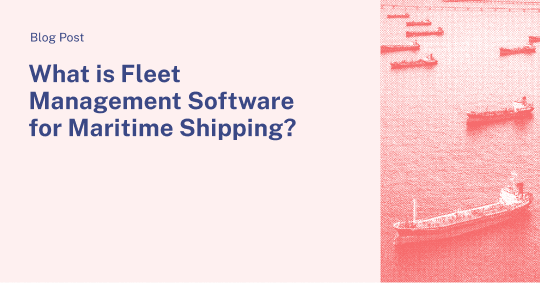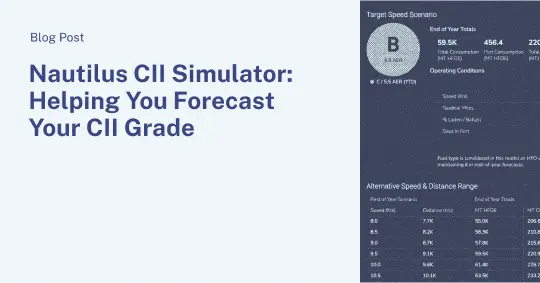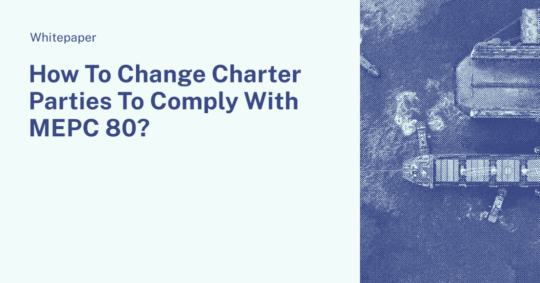The shipping industry is under enormous pressure to reduce carbon emissions, with tightening carbon frameworks such as the European Union Emissions Trading System (EU ETS) and industry-wide decarbonization targets set in global forums such as the recent MEPC 80. However, even prior to the MEPC 80, there have been a number of regulations in place including the Carbon Intensity Indicator (CII), which assesses how efficiently a ship operates, with penalties for a low grade.
A vessel’s CII score is impacted by both technical and operational factors
Managing CII requires a holistic view of performance across both technical and operational parameters. However, the technical profile of a vessel is typically best understood by a ship’s owner, who owns the vessel data and can choose whether or not to share it with the charterer. Meanwhile, as long as charter party requirements are complied with, charterers have full control over how to operate a vessel. With information and decision-making powers distributed between owner and charterer, neither side can fully manage the vessel’s emissions or CII outcome.
Insights sharing is critical to emerging CII regulations
In order to effectively manage CII, stakeholders must be able to accurately forecast the emissions impact of their choices. This requires owners and charterers to move beyond the traditional commercial dynamic and work together
Collaborative CII management made possible with data
Nautilus Labs has developed Green Charter™ to make this collaboration possible. Green Charter uses machine learning and digital twins to establish a common understanding of performance between owners and charterers. This common understanding allows both parties to see how the vessel is performing, and what needs to be done to improve performance – whether they are operational aspects like sailing speed or technical aspects like hull fouling.
Green Charter allows owners and charterers to agree on benchmarks based on the real-time performance of a vessel, on which they can base equitable commercial clauses. For example, the counterparties can agree on what level of hull fouling should be reached before sending the ship for a cleaning and then monitor the performance of the vessel to make sure that the hull is kept clean. Timely maintenance allows both counterparties to keep the vessel running at peak performance, thereby reducing additional fuel costs for the charterer, preserving carbon efficiency (and therefore, CII) for the owner, and reducing the need to rely on claims as a check and balance.
Using Digital Twins to identify performance degradation and set benchmarks for maintenance is just one possibility, but there are many more ways that Green Charter leverages machine learning to implement data as a bridge between owners and charterers, creating transparent and win-win relationships for improved commercial outcomes and reduced carbon emissions all around.
Want to learn more? Download this one-pager for more insights into CII management and a case study on where an owner and charterer were empowered to jointly leverage data to remedy performance degradation that was causing a vessel to require 20% more propulsive power than the baseline.


